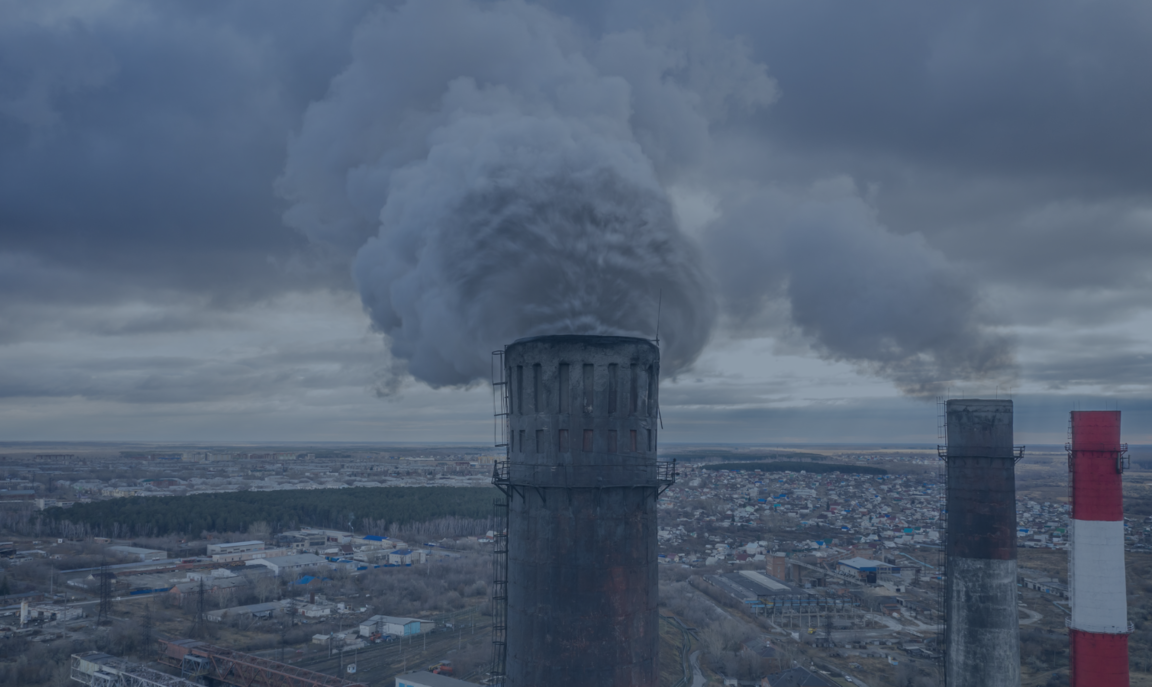You are here

COP28 in the rearview mirror
The 28th COP summit in Dubai was one of the biggest news items of the year, and not without reason. Not only did it break participant records with over 90,000 registered delegates from nearly 200 countries, but, following hard-fought negotiations, it also culminated in a historic decision to ‘transition away’ from fossil fuels.
The language of the final communiqué is not as strong as some had hoped, but it still marks the firmest indication so far that we might be witnessing the beginning of the end of the fossil fuels era. Although not legally binding, the COP28 declaration will doubtlessly send a powerful signal to markets, policymakers and local governments about the direction in which the world is heading.
However, as the world starts to grapple with the potential implications of the COP28 final declaration, it is easy to forget that there has been no shortage of other important developments that took place over the past two weeks.
Here is a quick rundown of the four other highlights from COP28.
First, the work on methane emissions reduction is gaining momentum. One of the most significant decisions made during COP28 was the announcement by a coalition of 50 major oil and gas producers, including Saudi Aramco, ExxonMobil and Shell, to curb methane emissions to near-zero by 2030. Methane is responsible for about a third of the global warming we see today and is more potent than CO2 (although it has a shorter lifespan). Therefore, the decision to clamp down on methane emissions can have a powerful impact on tackling climate change.
Unlike some of the other pledges that have been made over the years, there is a very good chance this one will succeed. This is because it is sound both from a climate and a financial perspective. In simple terms, it is good for the bottom line of the oil and gas producers to focus on methane emission reduction measures because the costs associated with their deployment are less than the market value of the captured methane. Given that methane is the primary component of natural gas, the captured methane can then be sold to the consumers.
Second, the world is taking big steps towards renewable energy and energy efficiency. During week one of COP28, 121 states signed up to the Global Pledge on Renewables and Energy Efficiency, an initiative launched jointly by the European Union and the COP28 presidency. It sets global targets to triple the global installed capacity of renewable energy and double the global rate of energy efficiency improvements by 2030, compared to the previous decade.
This initiative will most likely come to fruition as renewable energy sources and efficiency improvements offer some of the quickest and most cost competitive decarbonisation solutions. For example, according to some estimates, around 86 % of all the newly commissioned renewable capacity in 2022 cost less than fossil fuel-fired electricity. Meanwhile, energy efficiency is often regarded as the unsung hero of the clean transition because the cheapest and the cleanest energy is energy that does not need to be used.
A growing list of countries is keen on placing nuclear energy at the centre of the clean energy transition.
Third, nuclear energy is back on the agenda. The pledge from more than 22 states to triple nuclear generation capacity by 2050 is a strong sign that a growing list of countries is keen on placing nuclear energy at the centre of the clean energy transition. It is worth noting that signatories not only committed to support the development and deployment of different types of reactors, but also their industrial applications for broader decarbonisation efforts, such as for hydrogen or synthetic fuels production.
At face value, this is an important step in making nuclear energy more mainstream and waking the industry up from its slumber. After all, nuclear energy is arguably one of the most reliable ways of decreasing CO2 emissions. However, on a practical level, it remains to be seen to what extent this ambition can be met. The nuclear energy industry in Europe and the United States has so far struggled hard to develop new projects, not least because of long construction times and massive cost overruns.
Fourth, climate finance is being beefed up. The United Arab Emirates – the host of this year's conference – pledged some $270 billion in green finance by 2030 through its banks. Meanwhile, governments have also collectively promised hundreds of millions of euros more to establish a ‘loss and damage’ fund to help developing states deal with climate change.
While these and other initiatives are praiseworthy and mark a step in the right direction they pale in comparison to the overall financial needs of developing states. A report co-sponsored by the United Kingdom and Egypt for COP27 reveals that developing countries (excluding China) require a staggering annual investment of $2.4 trillion by 2030. This funding, which is four times higher than the current level, is needed to tackle the climate crisis.
In all, COP28 has made hopeful strides in promoting climate action. It is also a testament to the capacity of multilateralism to deliver during a time of global unrest and stands as a clear victory for champions of climate action, such as the European Union and its partners. Going forward, it is crucial that these pledges are translated into tangible actions and that the momentum gained at COP28 is not lost. As Sultan Al Jaber, the COP28 president, concluded in his closing address: ‘we are what we do, not what we say.’


